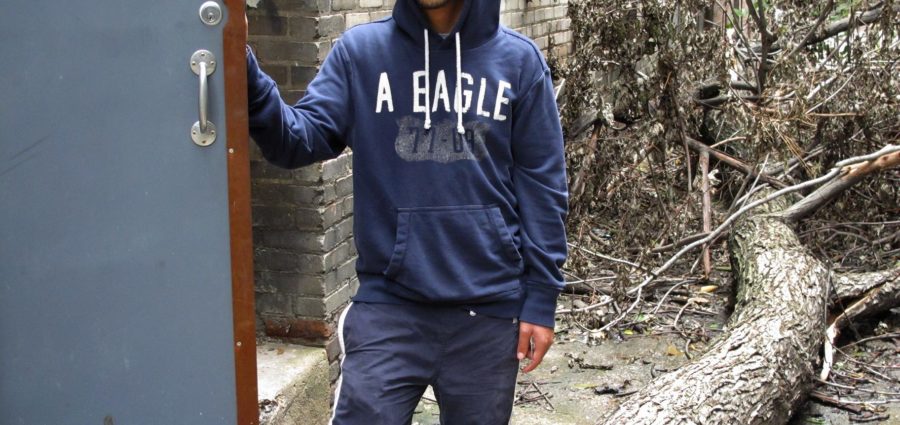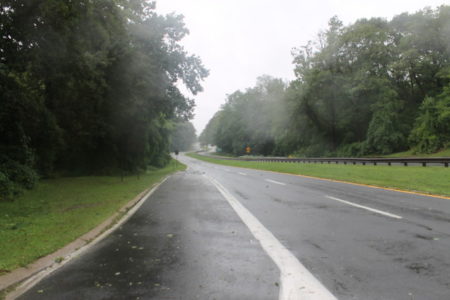The unusual route that Catherine Jenkins, 70, uses to reach her apartment when the elevator is broken includes a detour to the litter-strewn roof.
She climbs a short, rusty ladder there, being careful not to trip on broken satellite dishes or exposed wires. Only then can she reenter the building through a door near her apartment, and descend one flight of stairs to the seventh floor, where she lives.
Like all residents of 1005 Jerome Avenue in Highbridge, Jenkins has learned the workarounds needed to survive in a vertically oriented world where the elevators frequently go belly up.
No doubt, this once genteel, and subsequently bombed-out, section of the South Bronx has had its ups and downs. But to its current residents — who placed more elevator complaints last year than those of any other community district — up and down are two headaches of their own. And the neighborhood is likely to hold the distinction this year, too.
Bronx Community Board 4 has both the highest number and per capita rate of elevator complaints — made by calling 311 — of any community district since January. Nearly one complaint has been filed for every 500 residents.
“With the elevator, you pray,” Jenkins said.
There are stairs, of course. But the 96-step climb to her apartment is long for a person of any age — even without groceries. So without the lift, this spry 70-year-old goes the roof route.
Her eight-floor building has five independent sections, each with its own single elevator. But only the roof, basement and a fourth-floor patio allow passage between sections. This means that when the elevator in any section isn’t working, tenants often take a functioning one — in a different section of the building — to the roof, where each of the sections’ stairwells are accessed by a door.
The elevators are down so often that residents can recite this list of contingency routes like the numbers of their troubled zip code: 10452. But it isn’t the only one in the city suffering. The southwestern Bronx and northernmost reaches of Manhattan together make up an area of the city with the most problem-ridden buildings, as measured by complaints to 311.
Jenkins’ building is the second most complained-of in its district.
The elevators have reportedly gone downhill there since the landmarked, formerly stunning art deco building opened in 1931. A historical real estate brochure boasts of the building’s modern amenities, including spiffy elevators: “High speed automatic cars with interior design in modernistic black and white metal.”
Gone are the tenants who remember them that way. Decades-long residents have bad memories of being stuck inside in years past.
One tenant, Marcia Knemoller, remembers being in one of the building’s elevators about a year ago when it stalled midway between two floors. She pressed the alarm button, and after 10 minutes a man came to help. He crouched down outside the elevator so that she could use his back to step out of the car, and onto the floor of the hallway.
Many residents talk of persistent problems occurring today. Last month, Franklin Pena, 18, had to high step into a car because its floor was not flush with the building’s.
“It was like stepping up two stairs,” he said.
In January, a city worker dutifully noted that a caller placing a complaint had “been stuck in elevator three times.” In late July, a caller stated that people had been stranded inside the cars, and that an elevator had been down for a month.
Also in July, one of the building’s elevator complaints was categorized by the city as “Dangerous condition/Shaft Open/Unguarded.”
Repair workers are a common sight. Until recently, a repair worker lived in the building to look after the cranky old lifts.
E&M Associates, the building’s owner, bought it in November 2010, and replaced the motor on Jenkins’ elevator over the summer, they said. But after repairs — including the motor replacement — the elevators often give out again quickly, residents said.
Age is no excuse for a broken elevator, said Earl McKay, chair of the community district’s housing and land use committee. “If people are paying rent, the landlord has an obligation to make sure the elevator is in good repair, no matter whether it’s old or what.”
Standing in the doorway of the fourth-floor patio that connects all the sections of the building, Pena looks down at the ground. At his feet is a fallen tree whose diameter is twice that of his thigh. Perhaps in a recent storm, it crashed to its current resting place at the foot of the steps below the door.
For him, it’s just another high step — it’s not enough to block his path.
But if it were, there’s always the roof.
Photo Caption: Franklin Pena, a resident of 1005 Jerome Avenue, stands by a fallen tree obstructing stairs at his building. The pathway is used by tenants when the elevator is broken.








